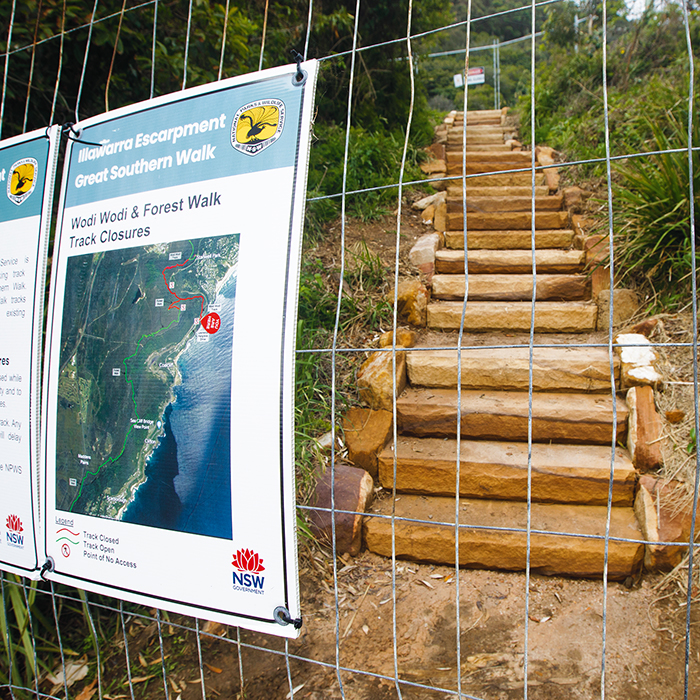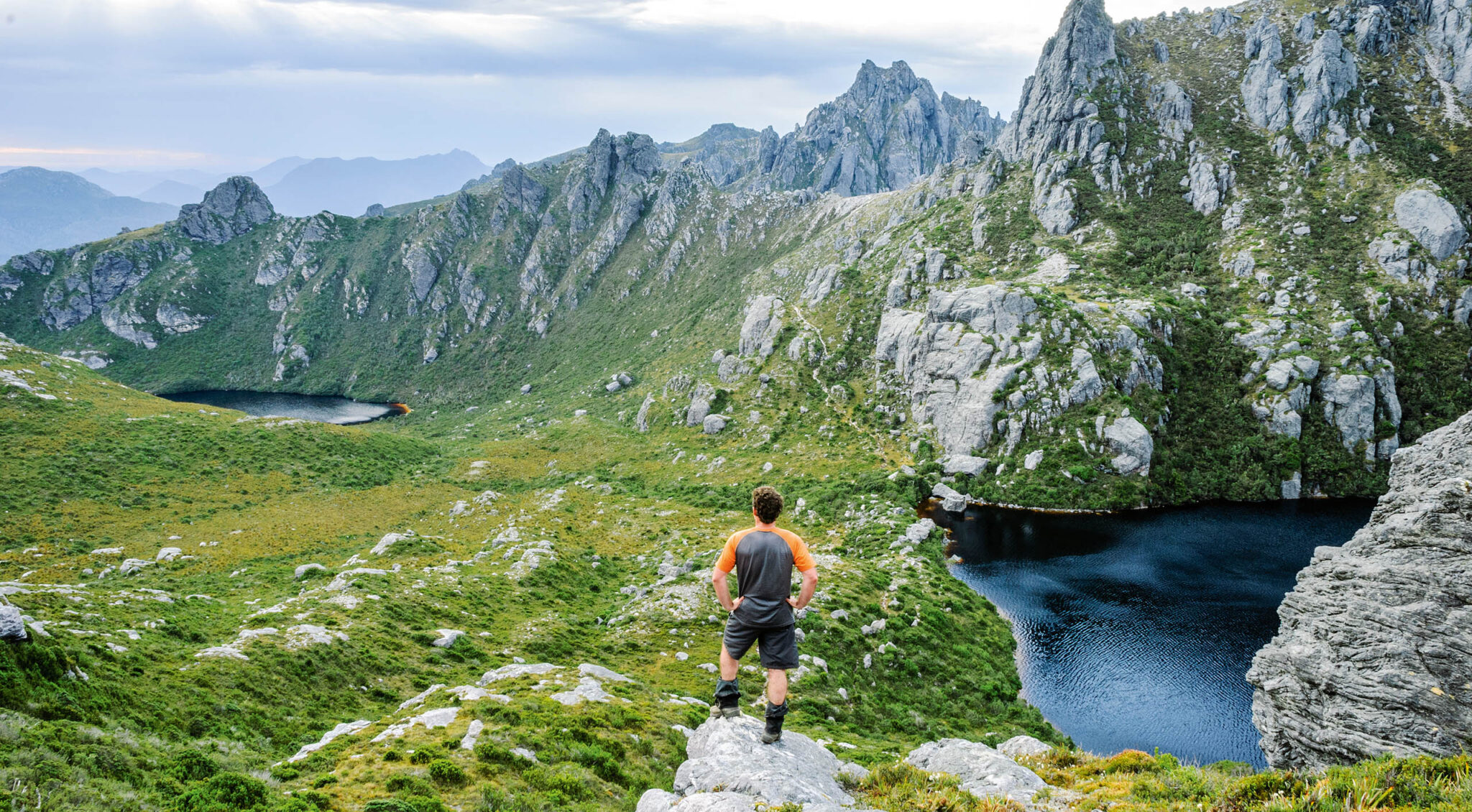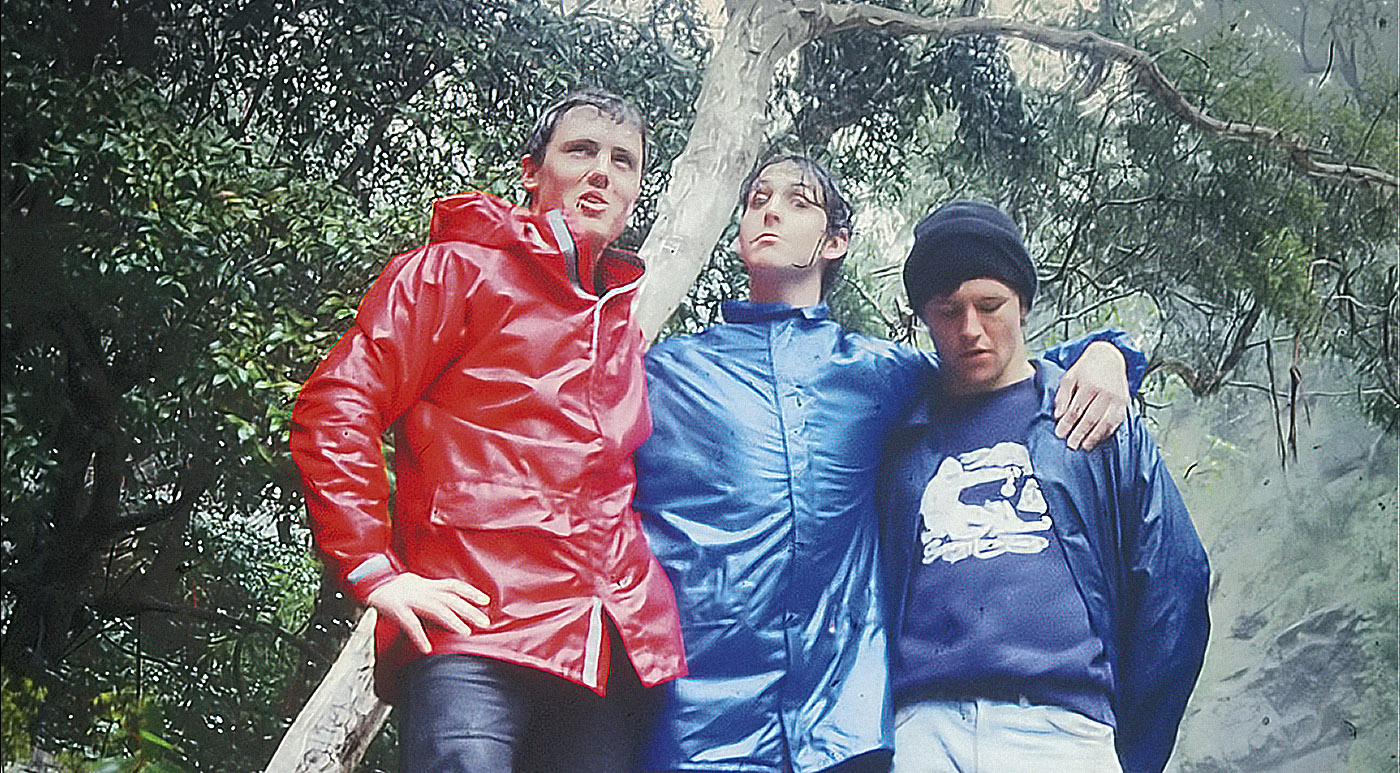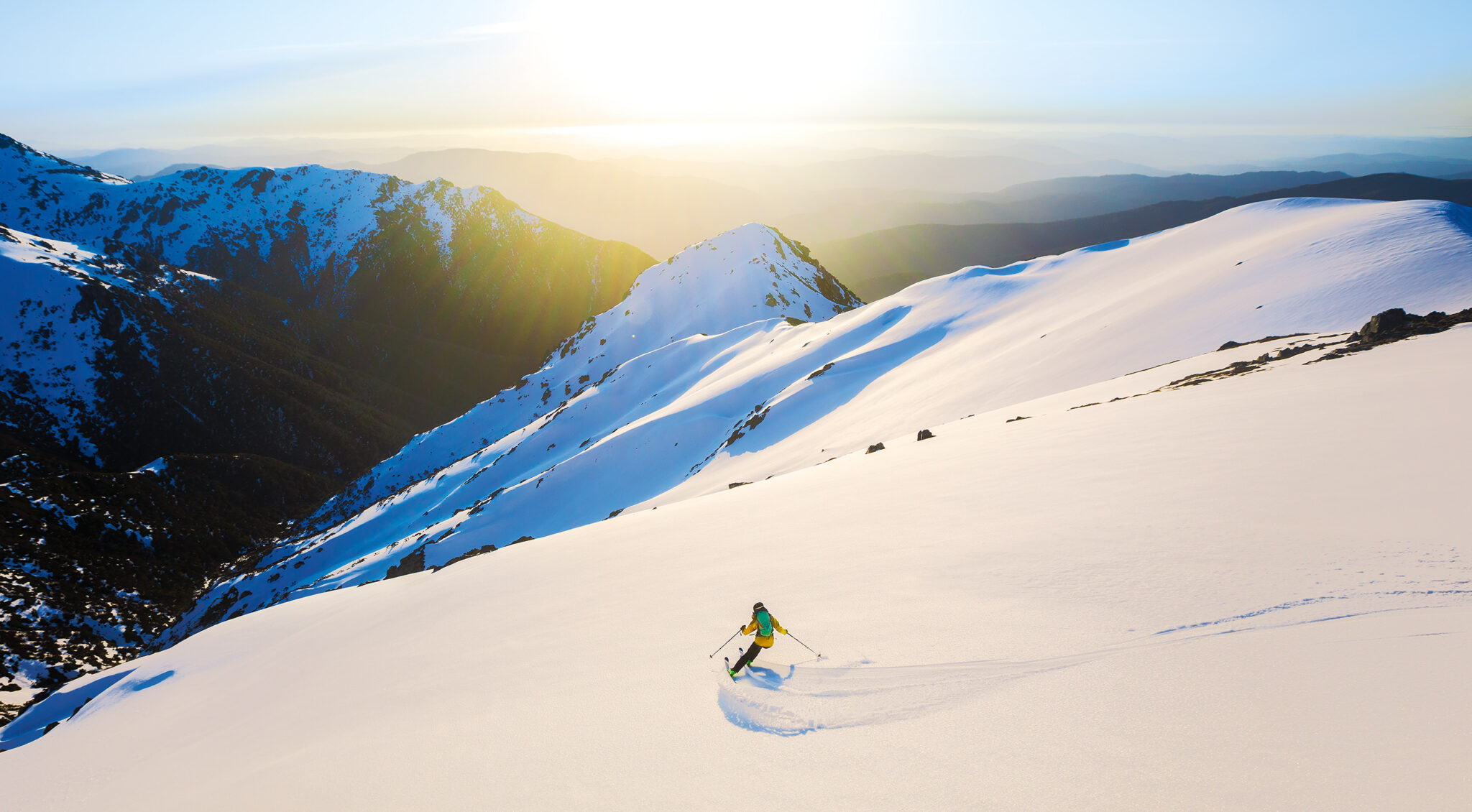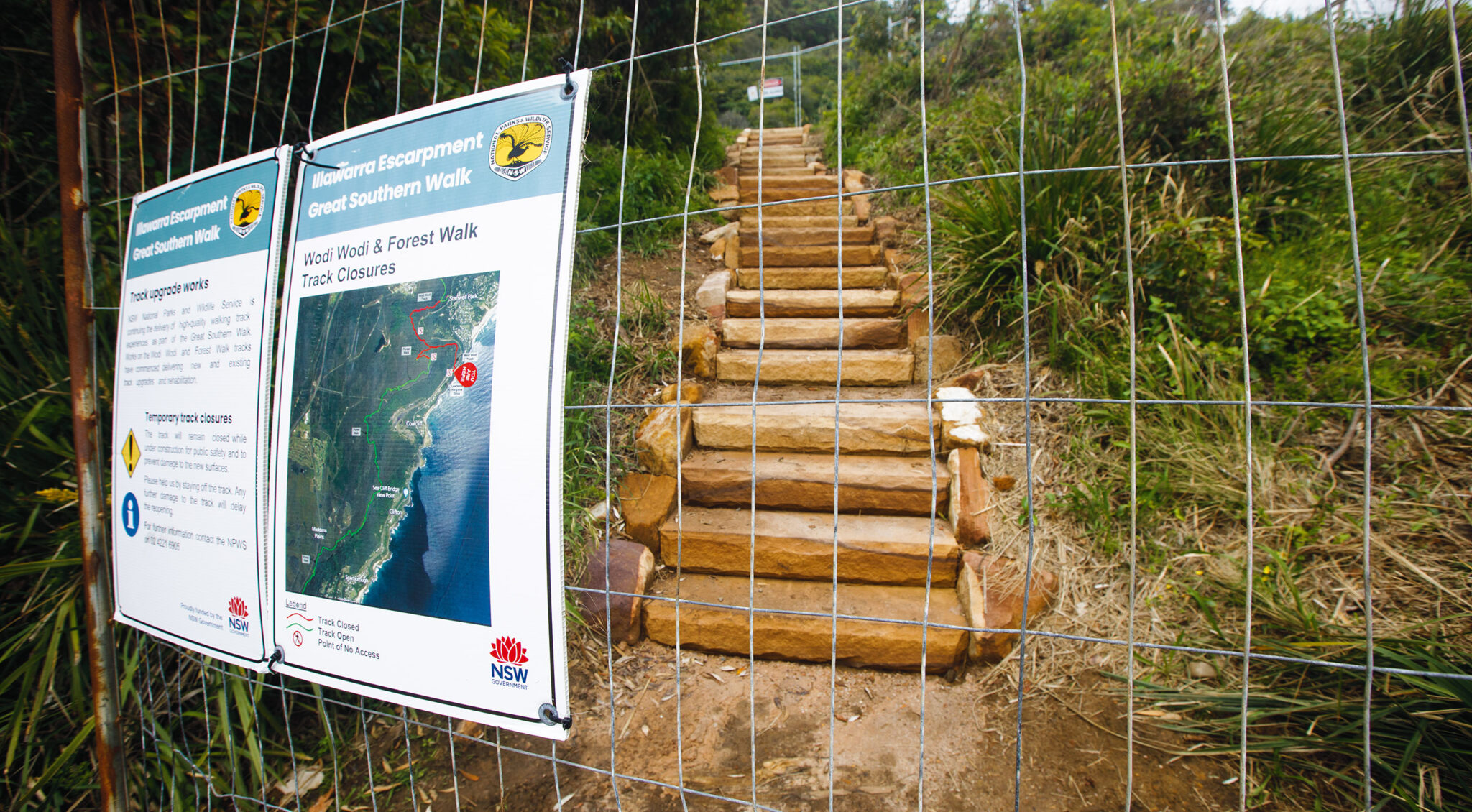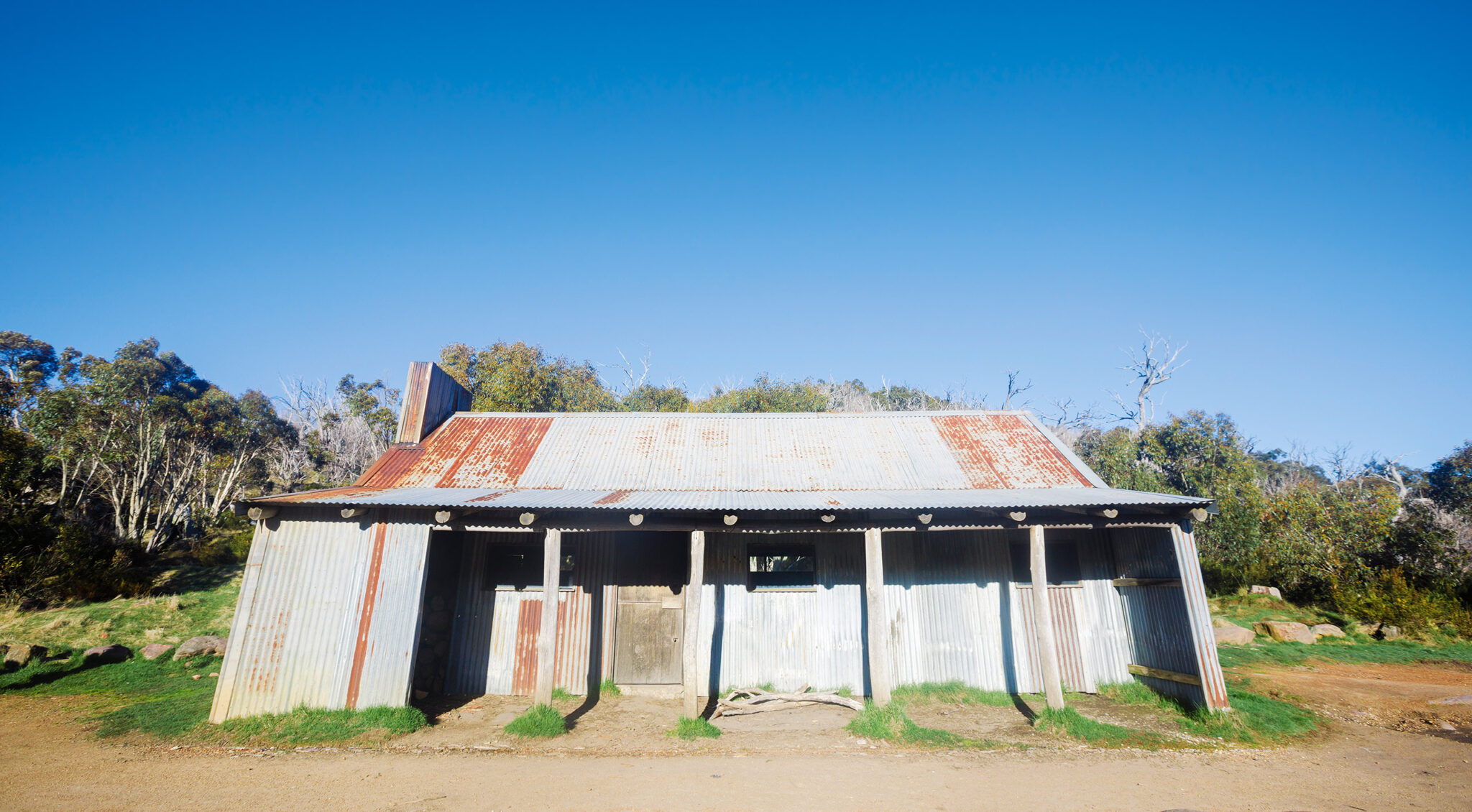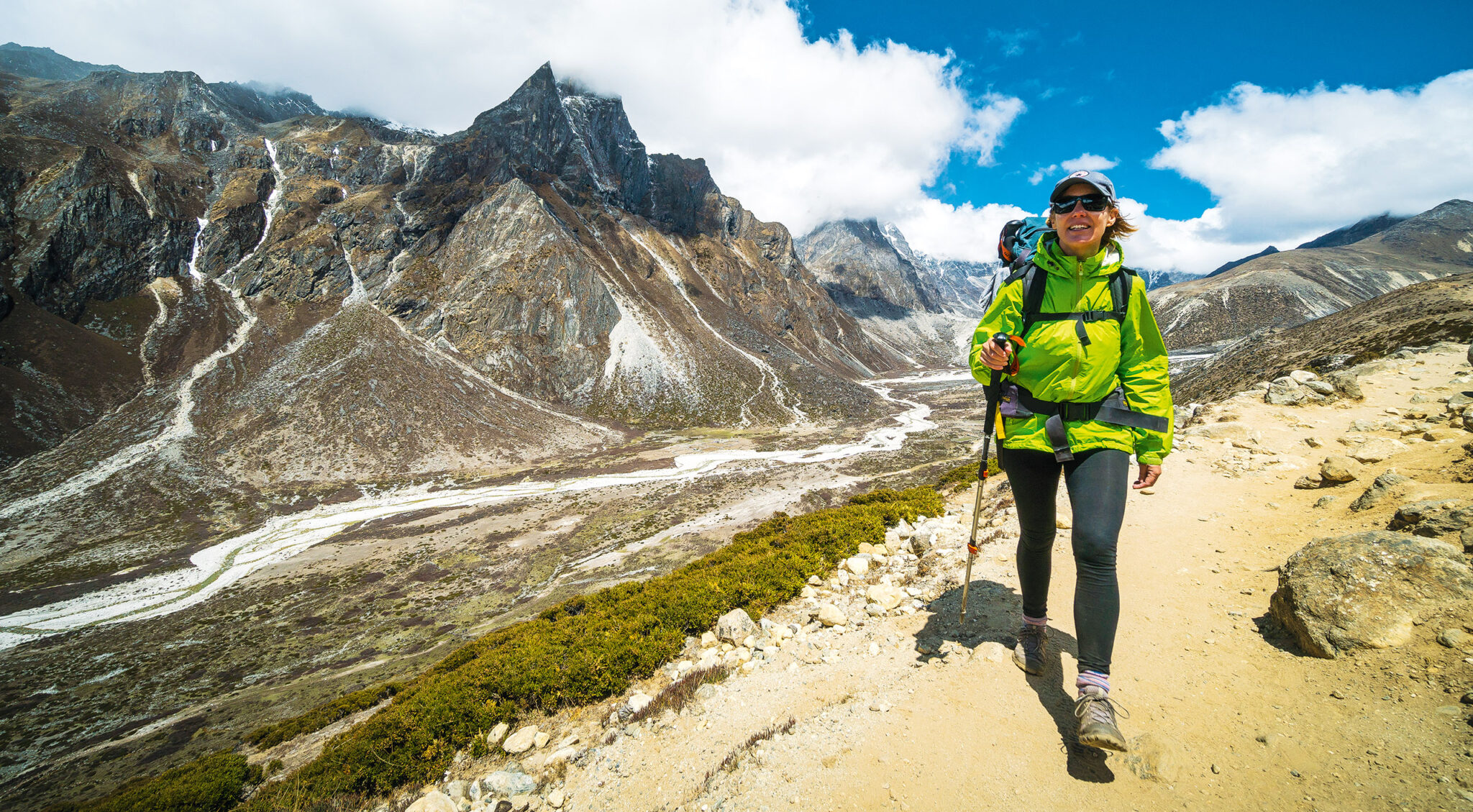From the Editor: On Trails
(This story originally featured in Wild #194, Summer 2024)
One of my very favourite books over the last decade has been Robert Moor’s On Trails. My copy is beaten up and dog-eared and almost floppy and soft after having been taken out on so many walks as my reading material. Moor is a fabulous, thoughtful, erudite writer whose flowy prose makes reading the deep topics he tackles—natural history, science, philosophy—an effortless joy.
As I said, the book is dog-eared, made worse by the fact that whenever I hit an interesting point, I’ve folded the page corner to mark it. There are many folded corners. And one of them is to mark a passage I’ve been thinking a lot about in the last two weeks, a passage about modern trail-building philosophy, at least as it relates to the US. I’ll quote a few snippets:
On a wilderness trail like the AT, the goal of trail-building is, somewhat paradoxically, to artificially create something natural… [T]he ultimate aim of trail-building: meticulous construction, artfully concealed. … One famous trail-builder in Maine built his stairs in such a fashion that hikers “could be fooled into thinking some benevolent god had simply dropped the rocks in that arrangement.” … “The ultimate compliment paid to a trail crew,” wrote Woody Hesselbarth, “is to say, ‘It doesn’t look like you had to do much work to get through here.’”
Why this passage in particular? And why lately? Well, a couple of weeks back I was looking for walks in my area, NSW’s northern Illawarra, where I’m literally surrounded by national parks and reserves. You’d think I’d be spoilt for choice. Unfortunately, most trails in my area, at least those close to the coast, are closed. The Wodi Wodi Track, Sublime Point Track, Lookout Track, Woodward Track, the iconic Coast Track—all are shut … and most have been for years. Yes, that is literal years, not figurative ones. Look further afield to, say, the Blue Mountains, and they’re dealing with loads of closures too. Now, I know this issue has been raised before in the mag, such as by Matthew Crompton’s ‘Letter to the Editor’ in Issue #191, which in turn was written in response to Mick Ripon’s opinion piece ‘Great Neglected Walks’ in Issue #190.
But the problem in my neck of the woods with trails being closed isn’t necessarily neglect; in fact, it’s almost the opposite. At issue is the high- and often over-engineering of trails. Every trail undergoing maintenance in my area seems as if they’ve listened to what the American best practice is in terms of a light touch to trails … and then gone as far as possible in the other direction. The engineering—and quite frankly, the craftsmanship—is incredible, sometimes seemingly ostentatiously so. Literally thousands of heavy-duty stone stairs have been placed, along with kilometre after kilometre of raised boardwalk.
Now I know that the NPWS has been dealing with land instability in my area. Trail erosion due to poor design and heavy use is common, too; many sections required remedial work. But not all. And here’s the thing: Right next to the hundreds of stone steps being placed and chiselled into the Wodi Wodi Track in the Illawarra Escarpment State Conservation Area, literally dozens and dozens of hectares of forest are being smothered by lantana. Couldn’t just a fraction of the funds allocated for these incredibly engineered trails be diverted for noxious weed control?
And yes, the funds are massive. NSW is currently undergoing a $450-million spend in national-park infrastructure, including 750km of new and upgraded trails. This investment is to be commended. Highly commended. But that doesn’t mean we shouldn’t at least scrutinise how those funds are being allocated. Nor that we shouldn’t think about how we could get more bang for buck. I can say that not once in the last decade have I been on a recently constructed trail in NSW that I’d call low-key (although I would say the Murramarang South Coast Walk is better than most), or that might meet the ultimate trail-building goal that Moor mentioned: “meticulous construction, artfully concealed.”
These highly engineered trails have their pitfalls. Georgia Doherty wrote in Wild #191 how they disconnect us from the country we walk through; her words were eloquent, and there’s no need for me to retrace them. What I want to add here are simply some nuts-and-bolts considerations. Firstly, re-building older trails to such incredible standards—notwithstanding that it’s sometimes necessary, especially in high-use areas—means they are closed for rehabilitation for much, much longer periods.
Secondly, the high cost per kilometre of new trail construction ultimately means fewer kilometres of trail. The day after I snuck up a couple of weeks ago to see how one of the local trail projects was progressing, I was in the Blueys down by Glenbrook Creek. The trail there, an old one, really did fall into that light-touch category, despite being ‘official’. It was a pleasure to walk on, but yes, it had obstacles and steep sections where you needed to watch your step. And as I walked, I tried to think of the last time I was on a newly constructed trail in NSW that had similarly minimal engineering; none came to mind. But how many more kilometres of trail could we have if more were built like this? It’s hard not to believe that you’d get ten or more times the length for any given amount of funds as opposed to those highly engineered trails. Which do you want: 40km of Three Capes-style track? Or 400km of less engineered track?
Look, I imagine low-key trails have recently been constructed somewhere around the state, let alone elsewhere around the country (in fact, I’d be surprised if the latter isn’t true). But nation-wide, there is no denying the trend towards expensive, highly engineered mega-trails. Occasionally this is good; often it’s bad. Let’s hope national parks around the country can eliminate the latter.
If you liked this piece, you should subscribe to the print mag. Only a fraction of the great stories we run in the mag make it to our website; if you want to read them, head to subscribe.wild.com.au.

